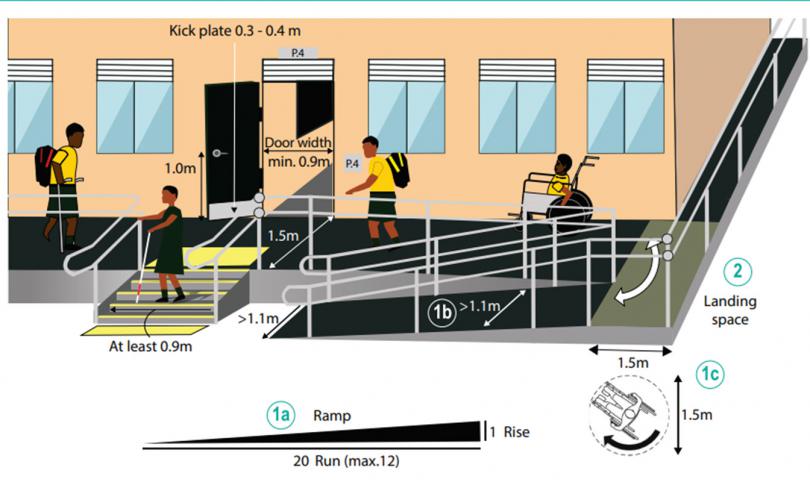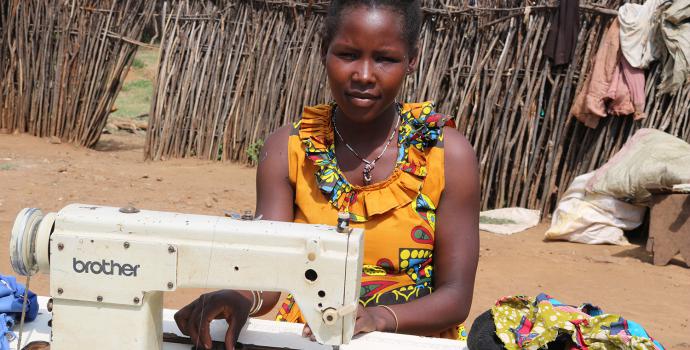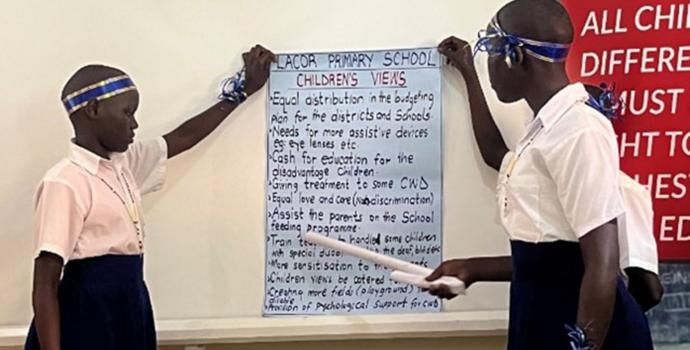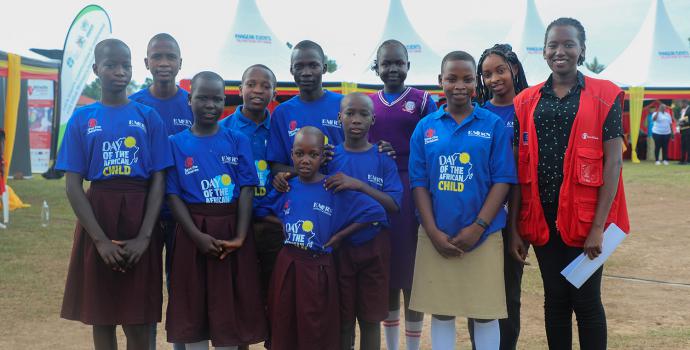Uganda Launches School Accessibility Companion Guide
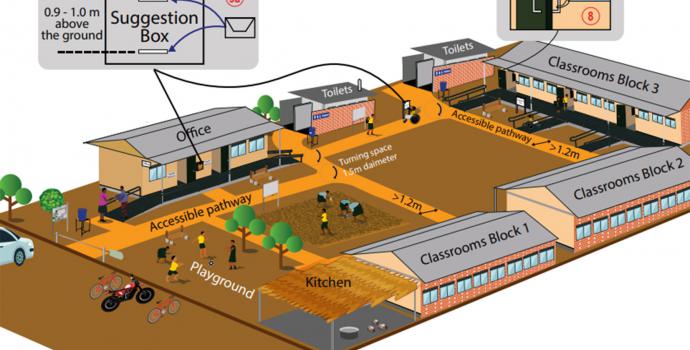
On July 16th 2024 the official launch of the School Accessibility Companion Guide (SACG), a vital tool designed to support Uganda’s 2019 Building Control Code, took place at Golden Tulip Hotel in Kampala, following which the SACG was published on the Ministry of Education and Sports website. The guide was unveiled by the Ministry of Education and Sports (MOES), marking a significant step toward improving school accessibility for all children, especially those with disabilities.
Addressing Barriers in Education
Despite the 2019 Building Control Code, there remain barriers to ensuring that all new school constructions and refurbishments in Uganda comply with accessibility standards, creating significant barriers to access and attendance for children, particularly in refugee settlements. The SACG is designed to bridge this gap by providing a user-friendly, practical guide that highlights key standards that need to be met in school environments, ensuring accessibility for everyone.
The SACG is designed in such a way that it is not only for architects and engineers but also for education actors, students, teachers, parents, and community members. It’s user-friendly and easy to understand content enables them to assess current school conditions and identify barriers to accessibility. This collaborative approach ensures that the guide serves as a comprehensive tool for enhancing inclusivity in education.
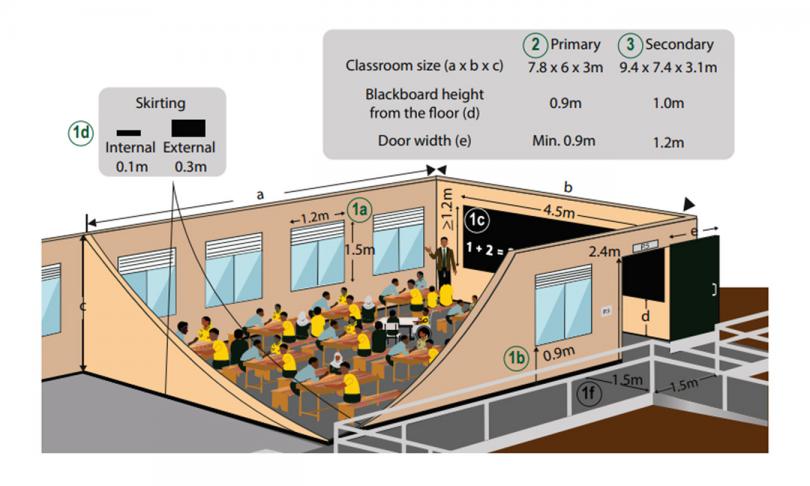
Commitment to Inclusive Education
At the launch, the Co-Chair of the Education in Emergencies (EiE) Sector Working Group urged stakeholders to apply the SACG standards to eliminate physical barriers to accessibility in schools. Government officials, including the Commissioner of the Special Needs and Inclusive Education Department, pledged to enforce these standards in future school constructions and refurbishments.
A Collaborative Effort
The SACG was developed under the leadership of the MoES, specifically the Special Needs and Inclusive Education Department, with technical support from Humanity & Inclusion, through the INCLUDE project. The development of the SACG was a collaborative effort involved government agencies, disability organizations and NGOs.
INCLUDE, funded by the EU, supports access to education for refugees and host communities in four refugee settlements in South West Uganda. The consortium is led by Save the Children, and the project is implemented together with Finn Church Aid, Humanity & Inclusion, Norwegian Refugee Council, Planning for Tomorrow and War Child Alliance.
